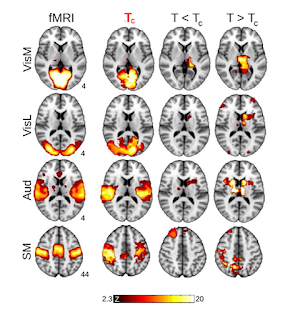Neuroscience is at the brink of an unprecedented advance in obtaining instant, detailed maps of neuronal activity during higher brain functions such as object recognition and decision making. These maps will become possible thanks to a rapid cross fertilization among fields (molecular biology, optics, imaging, microfabrication processes, and nanotechnologies) and are considered crucial to make sense of the complex activities that emerge from the billions of neurons making trillions of connections that constitute the human brain. Relevant large-scale research projects are being carried out or are being planned internationally: the Human Connectome Project and BRAIN (Brain Research through Advancing Innovative Neurotechnologies) in the US, the Human Brain Project in Europe, and the Brainnetome project in China. The overarching goal of these large undertakings will be to explain how the brain functions, by acquiring and integrating detailed information on brain structure and its dynamical behavior. But will these endeavors succeed? Knowledge about fine structural details of the brain and observations of neuronal activities may not be sufficient if the emergence of forms of collective behavior is not properly captured. Writing in Physical Review Letters, Ariel Haimovichi, at the University of Buenos Aires in Argentina, and co-workers [1] beautifully exemplify how cooperative phenomena play a key role in determining brain dynamics, by showing that the brain in its resting state (i.e., when not performing an explicit task) is a system at criticality.
APS Viewpoint: The Critical Brain

Comments